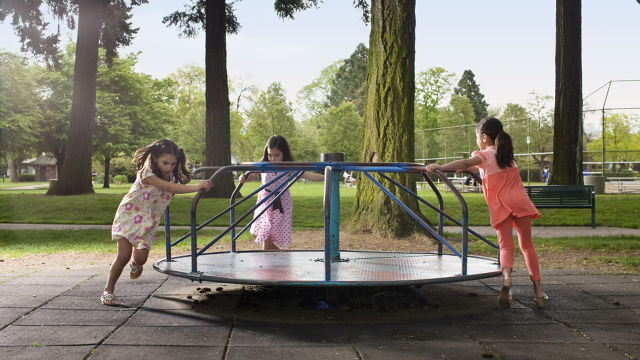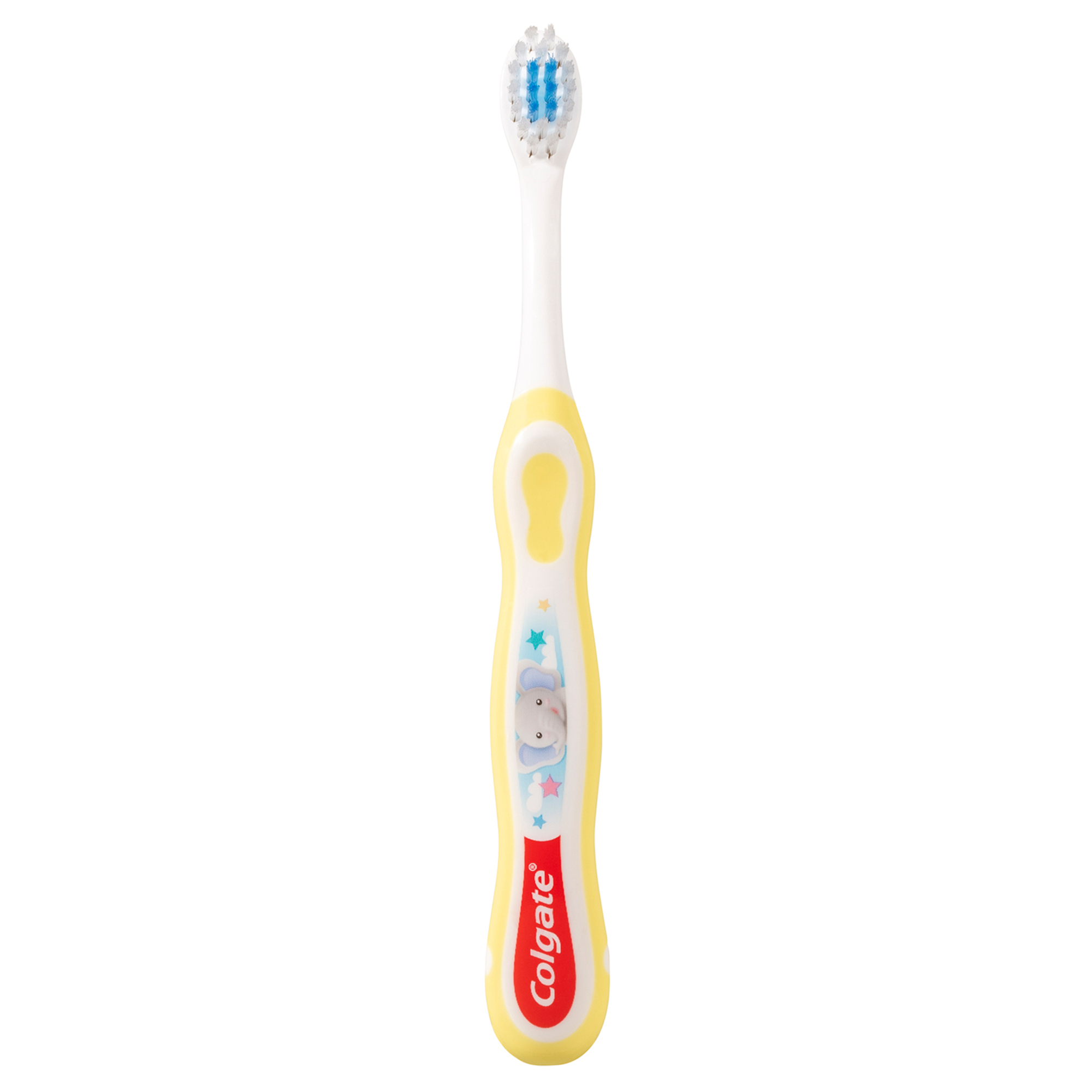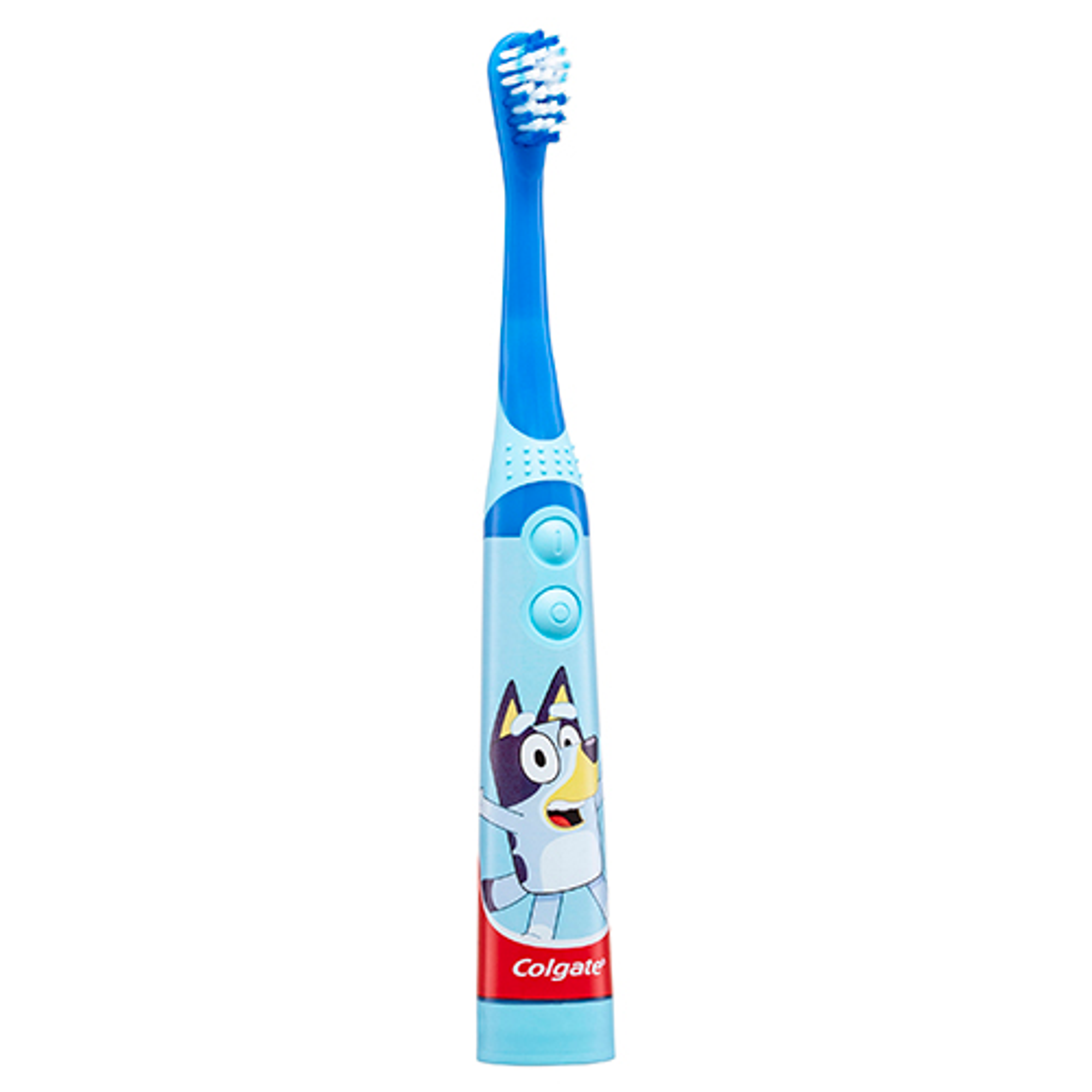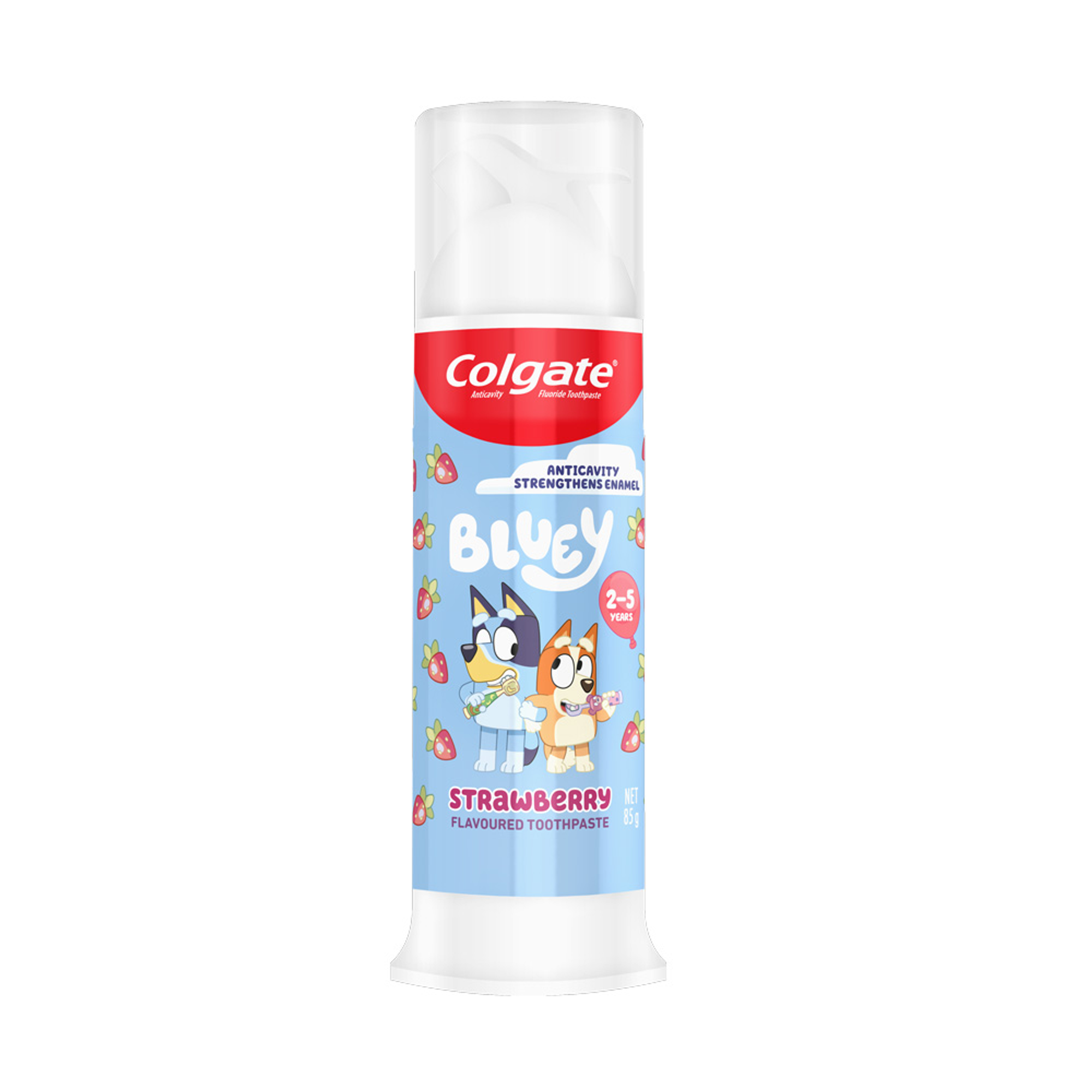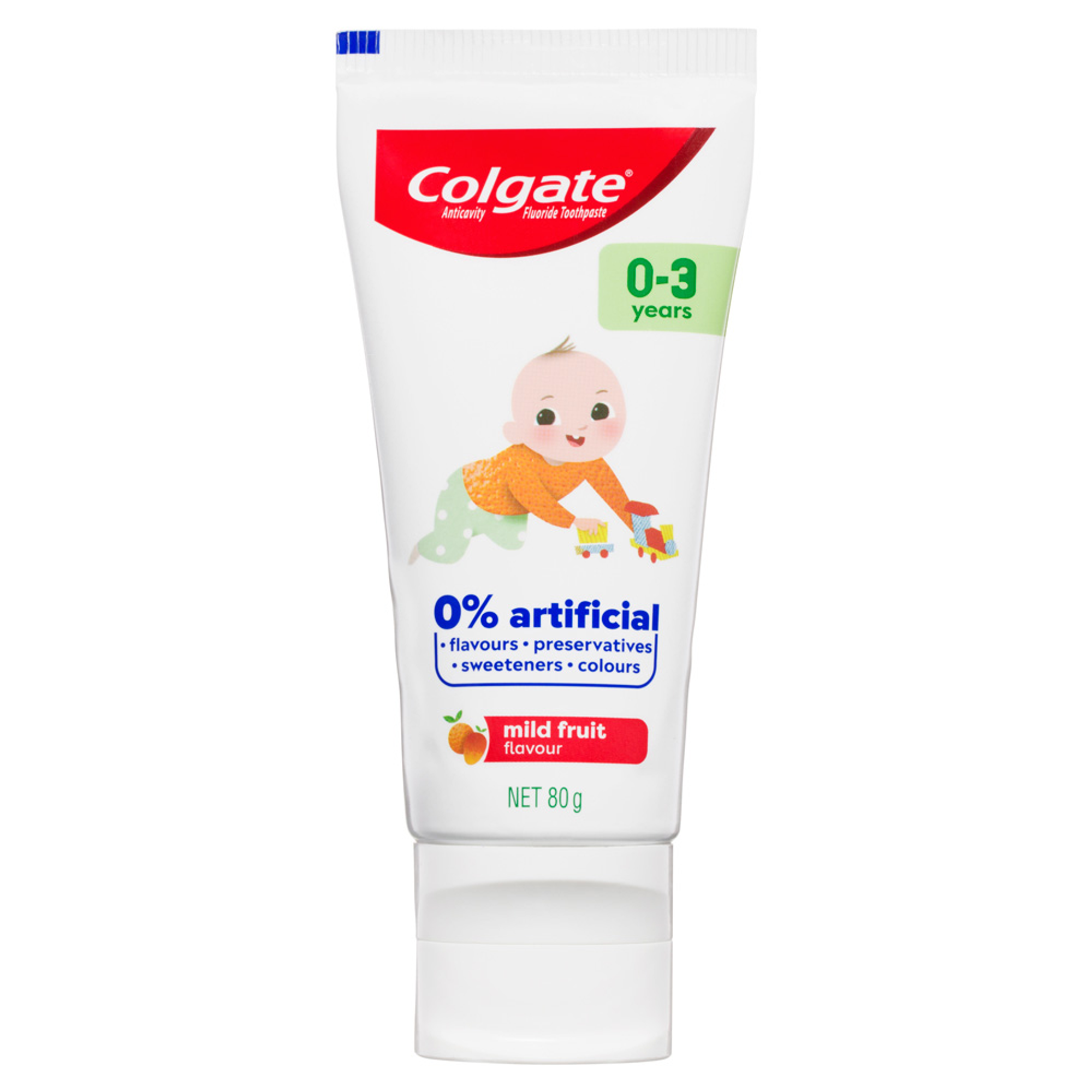Why do teeth become crooked?
Terry Pracht, DDS, past president of the American Association of Orthodontics says that both heredity and environmental factors can create crooked teeth and bite problems. Dr. Pracht mentions that hereditary factors include crowded teeth, teeth where there is too much space and malocclusions. He also mentions that crooked teeth can be caused by thumb sucking and tongue thrusting as well as accidents occurring to the jaw.
What are the treatment options to straighten teeth or malocclusions?
There are often three stages of orthodontic treatment. The first can be when appliances are used to gain space in the mouth, or orthognathic surgery is performed. For example, palatal expanders are used to expand the width of the palate and lingual bars are used to expand the lower jaw. The active corrective stage is next when the braces are placed on the teeth. The teeth are then adjusted, straightened and malocclusions corrected over a period of time based upon the severity of the irregularity of the teeth and jaw’s issues. The third stage is the retention stage after braces are removed and when the teeth are monitored through the use of a retainer, removable or fixed, and further orthodontic visits are conducted to maintain the straightened smile.
Types of braces
Braces from over 30 or so years ago included large metal bands that enclosed and were cemented around each tooth. Braces can now largely be attached to the cheek side of the teeth, as well as the tongue side of the teeth, depending on what your orthodontist recommends to you for treatment. Braces, arch wires and bands can be colourful, making them a lot of fun for children, adolescents and teenagers.
Nowadays, the tiny brackets which are placed onto the front surfaces of the teeth and are made of metal or ceramic. The brackets are bonded to the front tooth surface with a glue-like material and metal bands can be used on the back teeth. The arch wires placed inside the brackets consist of a heat-activated, nickel-titanium which becomes warm due to the temperature in the mouth. This allows the application of constant pressure on the teeth, in addition to when the arch wires are adjusted at the orthodontist’s surgery.
Another, newer alternative to braces is the Invisalign system. It uses a series of clear removable aligners that are worn during the day and night to help in moving teeth into the correct alignment. When eating or brushing and flossing, the aligners may be removed.
Caring for braces
Your orthodontist, dentist or dental hygienist will provide you with thorough instruction on how to clean your braces properly. There are many toothbrushes you can use: power; manual, specifically designed for orthodontic patients; electric or sonic. Ask your dental professional which type is best for you. Brushing should be conducted at least 2-3 times per day. Be sure to remove plaque at the gumline to prevent gingivitis (inflammation of the gum tissue). Also make sure to angle the toothbrush at the gumline, and then gently brush around the brackets to remove plaque and food debris.
It is very important to clean in between your teeth with a floss threader and floss, a stimudent (tooth pick cleaner) or a proxabrush (interproximal cleaning brush) may be used if there is space between the teeth. Oral irrigators may be recommended to remove food debris and irrigate the gum tissue to remove disease and odour-causing bacteria that may be there if you have gingivitis. Antibacterial toothpaste and over-the-counter antimicrobial mouth rinses could also be used with the oral irrigator or alone.
How to maintain a smile after the braces are off
After your orthodontist has determined that your braces can be removed, it is very important that a retainer (a plastic appliance) be worn during the day or night as recommended. The retainer can be cleaned after use with warm water, or toothpaste and a toothbrush. Place it in a plastic container when it is not being worn.
See your dental professional for a twice-yearly professional cleaning and the orthodontist for regular maintenance appointments.
1 AIWH: Carter, K.D. & Stewart, J.F. (2002). Table 4.5.5(a): Percentage of persons receiving additional dental services by age in National Dental Telephone Interview Survey 2002. 52.
This article is intended to promote understanding of and knowledge about general oral health topics. It is not intended to be a substitute for professional advice, diagnosis or treatment. Always seek the advice of your dentist or other qualified healthcare provider with any questions you may have regarding a medical condition or treatment.








